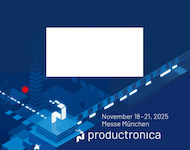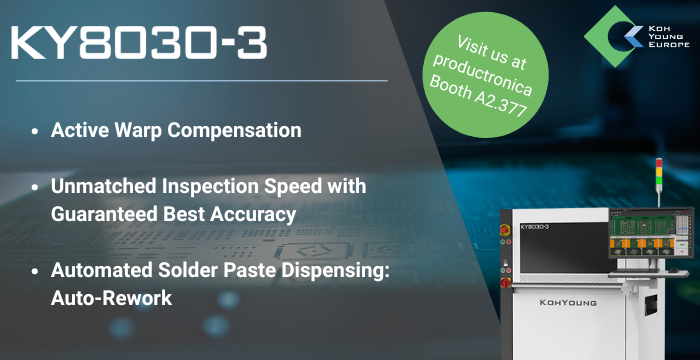Business |
Growth of DRAM content in PCs slows
The growth rate of DRAM content in personal computers (PCs) is set for a historic decline, writes IHS iSuppli.
The average annual increase in DRAM amount for each new PC is not expected to exceed 35% after 2012, down from an average 48% during the last quarter-century,
After climbing 38% in 2009 and 25% in 2010, average DRAM content per PC will rise 30% in 2011 and 35% in 2012. The year 2012, however, will represent the last high point for growth, with the amount of annual DRAM content growth in the following years expected to be significantly less than 35%. Such a level would represent a significant slowdown from the compounded annual rate of 48% from 1985 to 2009 and from the 40-45% yearly expansions routinely seen in the early 2000s.
Operating systems slim down
One reason for the progressively smaller rates of increase in DRAM, the main memory in computers, is the tendency among recent and emerging operating systems to run leaner.
Each new release in Microsoft Corp.’s line of Windows operating systems historically demanded greater computing resources and more memory content. For instance, significant jumps in DRAM content occurred with the release of Windows 95, Windows 98 and Windows Vista. And while a dramatic bump in DRAM content did not materialize for Windows XP during delivery of the operating system in 2001, DRAM content rose, in fact, during the two years after the XP release.
The pattern stopped, however, with Windows 7, which had the same DRAM requirements as its predecessor, Windows Vista. From Windows 7’s release in 2009 until a year later, DRAM content growth per PC actually dropped 13%—auguring the kind of lower expansion rates likely to be seen in the years to come.
Now it appears that the path established by Windows 7 is ready to continue in the forthcoming Windows 8 operating system, slated for release in the second half of 2012. Already, Microsoft has made clear in early comments that Windows 8 will not have hardware requirements—including those related to DRAM and memory—that will exceed those of Windows 7.
Other memory drivers
While a new operating system no longer requires an automatic increase in hardware requirements, what PC users do with operating systems—launching simultaneous applications, streaming memory intensive video files, for instance—is sure to translate into demand for ever-greater amounts of memory.
As the appetite for digital data swells continually among consumers, so too will the memory requirements needed to feed the ravening beast, IHS believes.
And though the operating system may no longer be the primary driver for memory growth, the constant craving to do more, in less time, is certain to continue.




